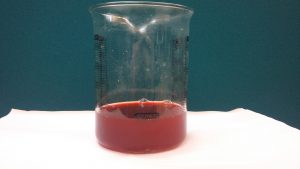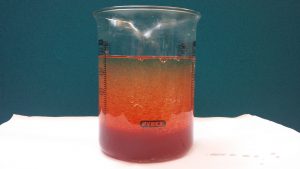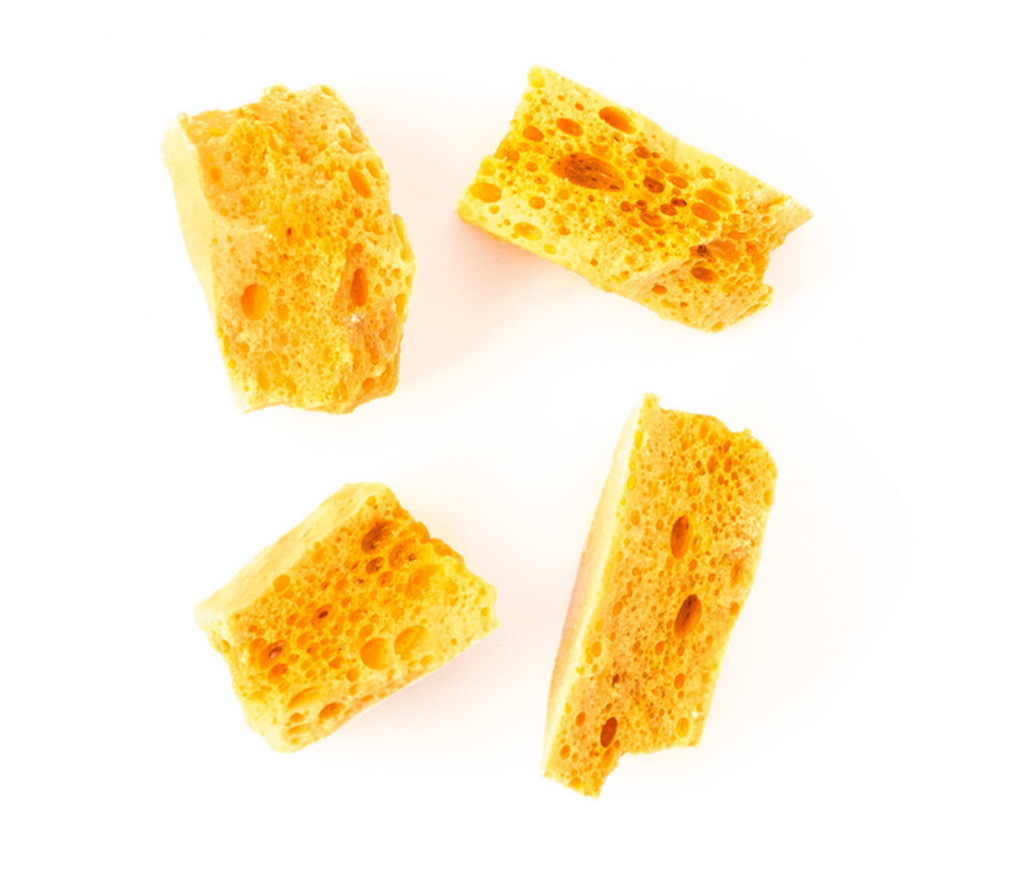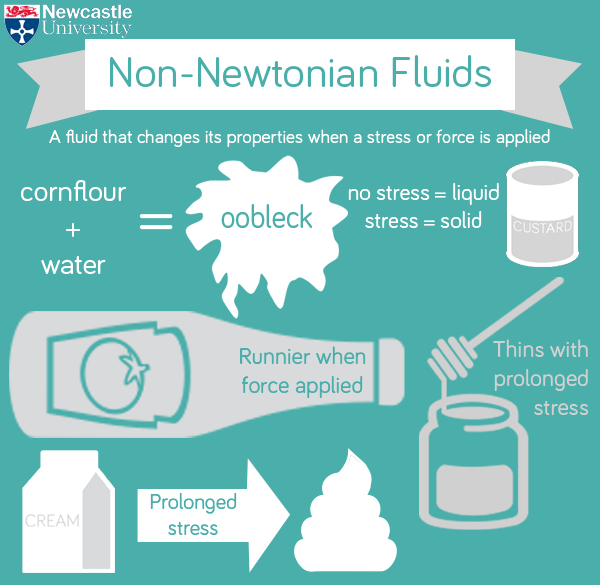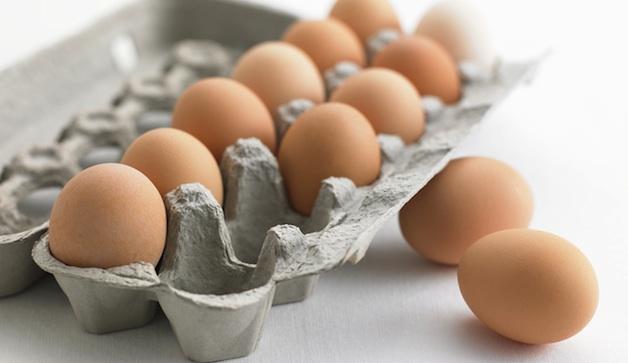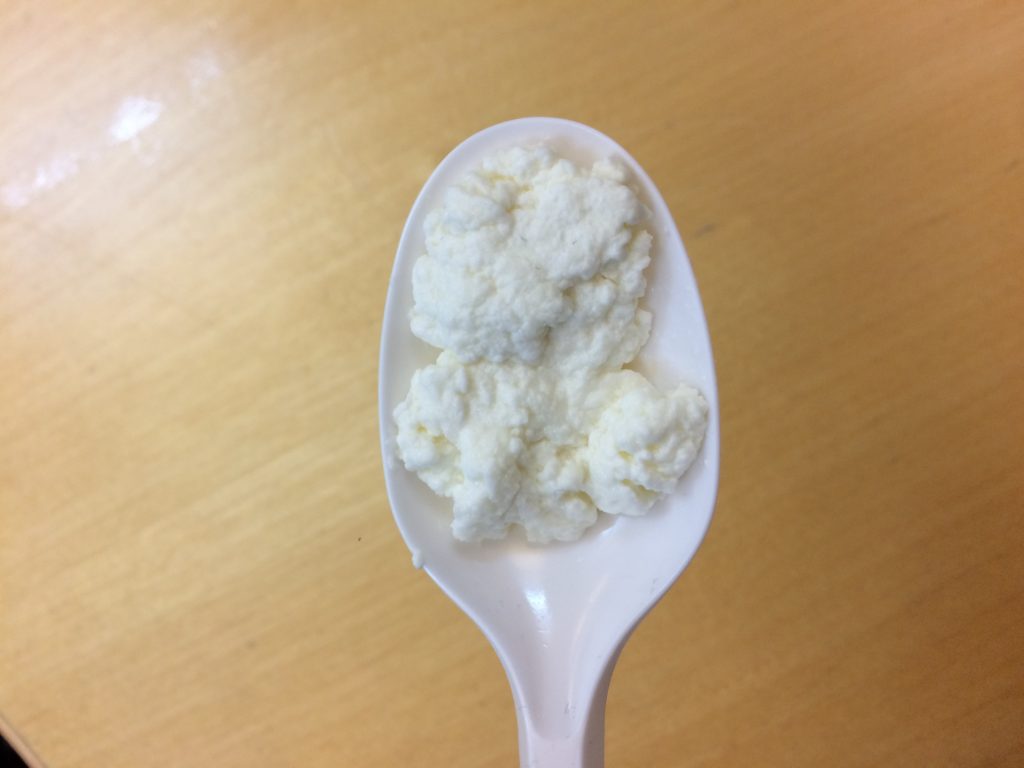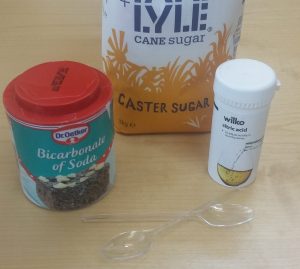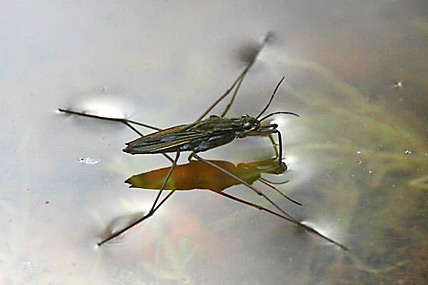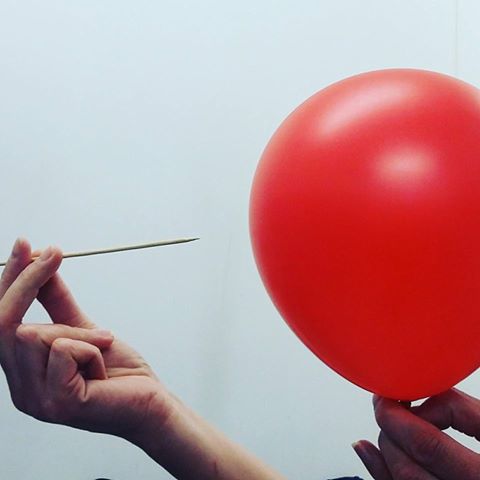Glass is transparent (see through) but we can still see it. In this experiment we will show you how to make it vanish!
1. Fill a large glass bowl or container with cooking oil.
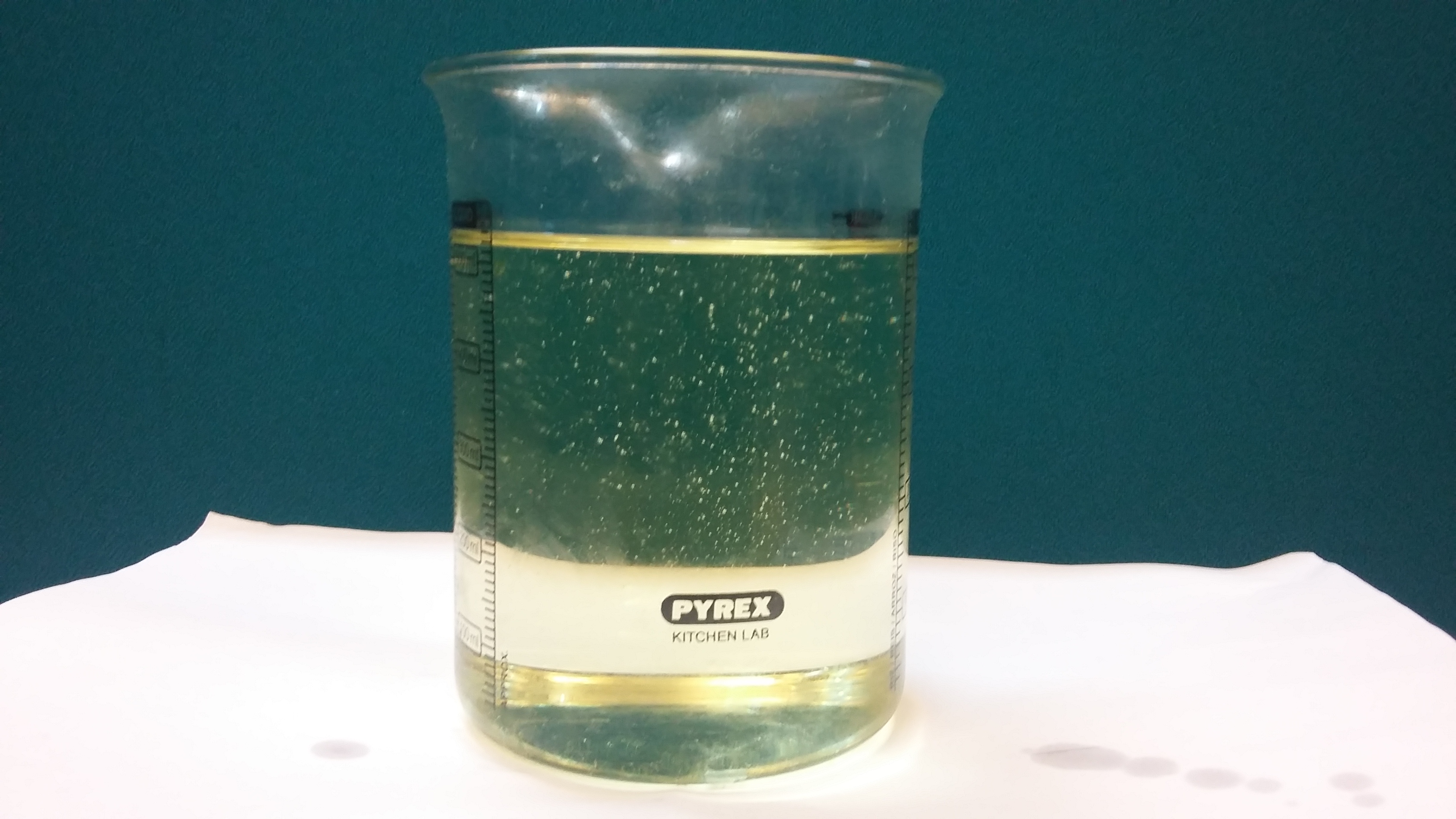
2. Put a smaller glass bowl inside the large one.

3. Look from the side, can you see it?

The Science
This happens due to the refraction of light and how the speed of light changes when it passes from one state of matter to the other.
Light travels through different objects at different speeds. It travels faster in air than in water or glass. We can see glass normally as light passes from air to glass and slows down and changes direction. This distorts (changes) how we see other objects through the glass, telling the brain there must be a transparent object in the way.
The bowl disappears when we put it in cooking oil, as light travels at the same speed in cooking oil and glass. The light doesn’t change direction so your brain doesn’t know that the light has traveled through the glass, making it disappear!


